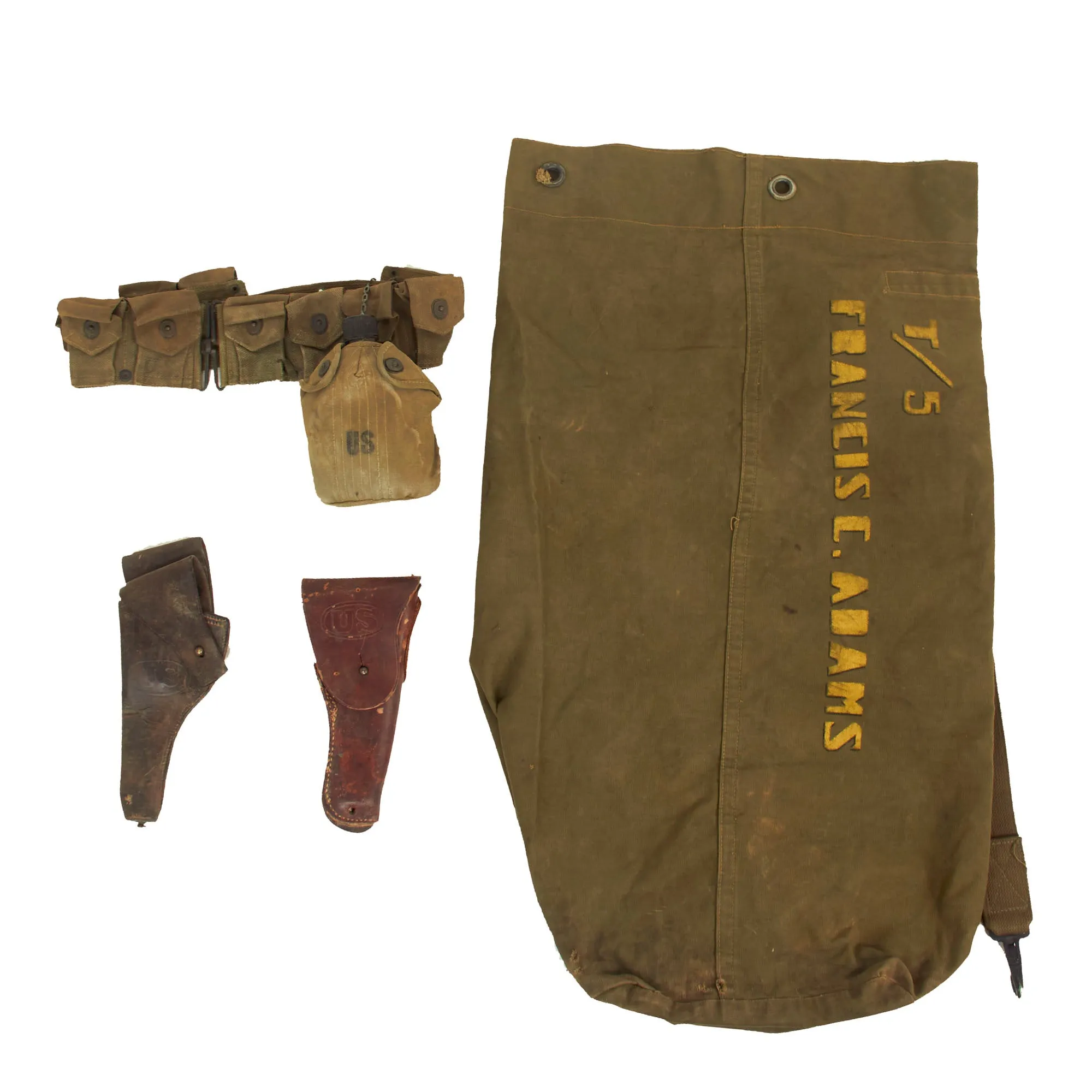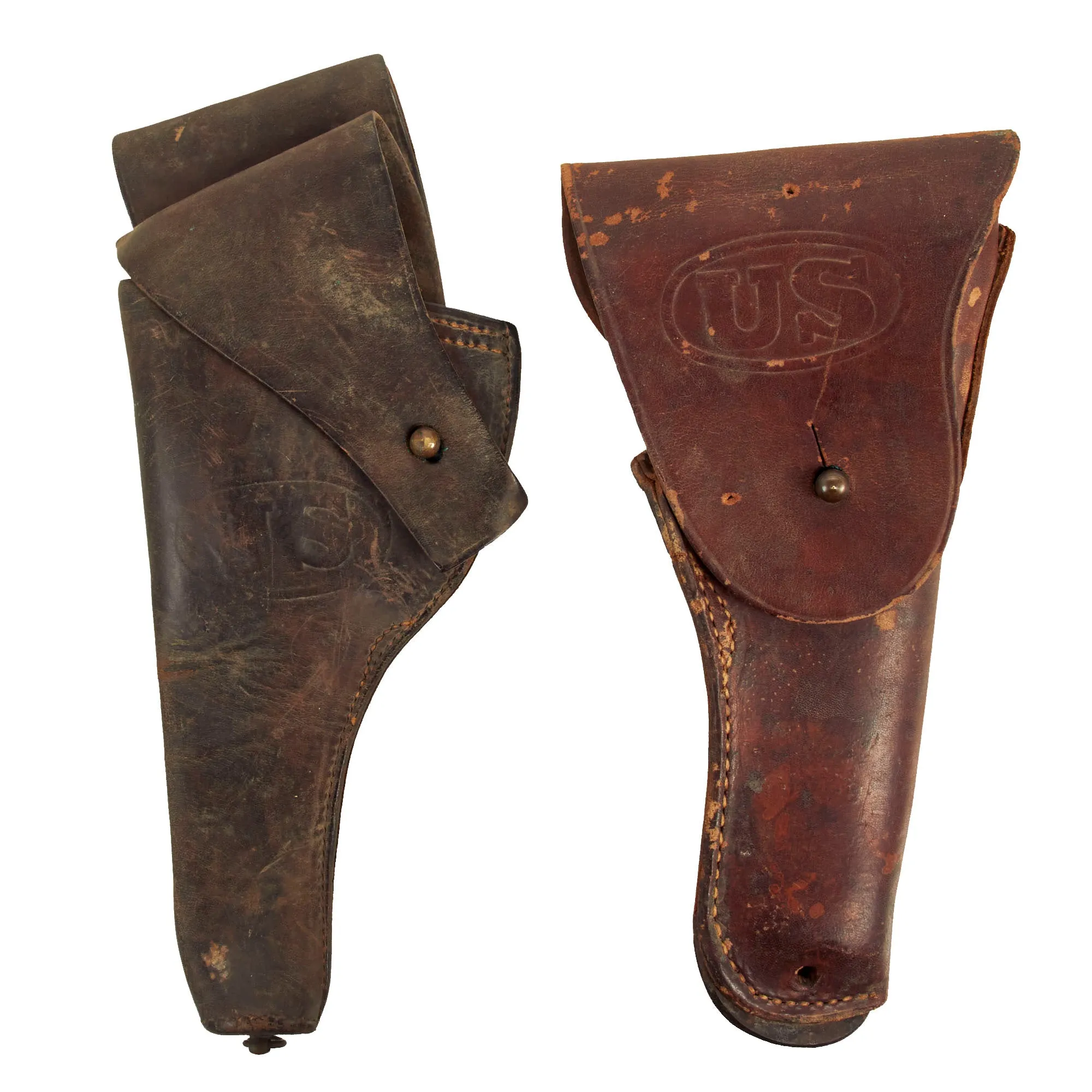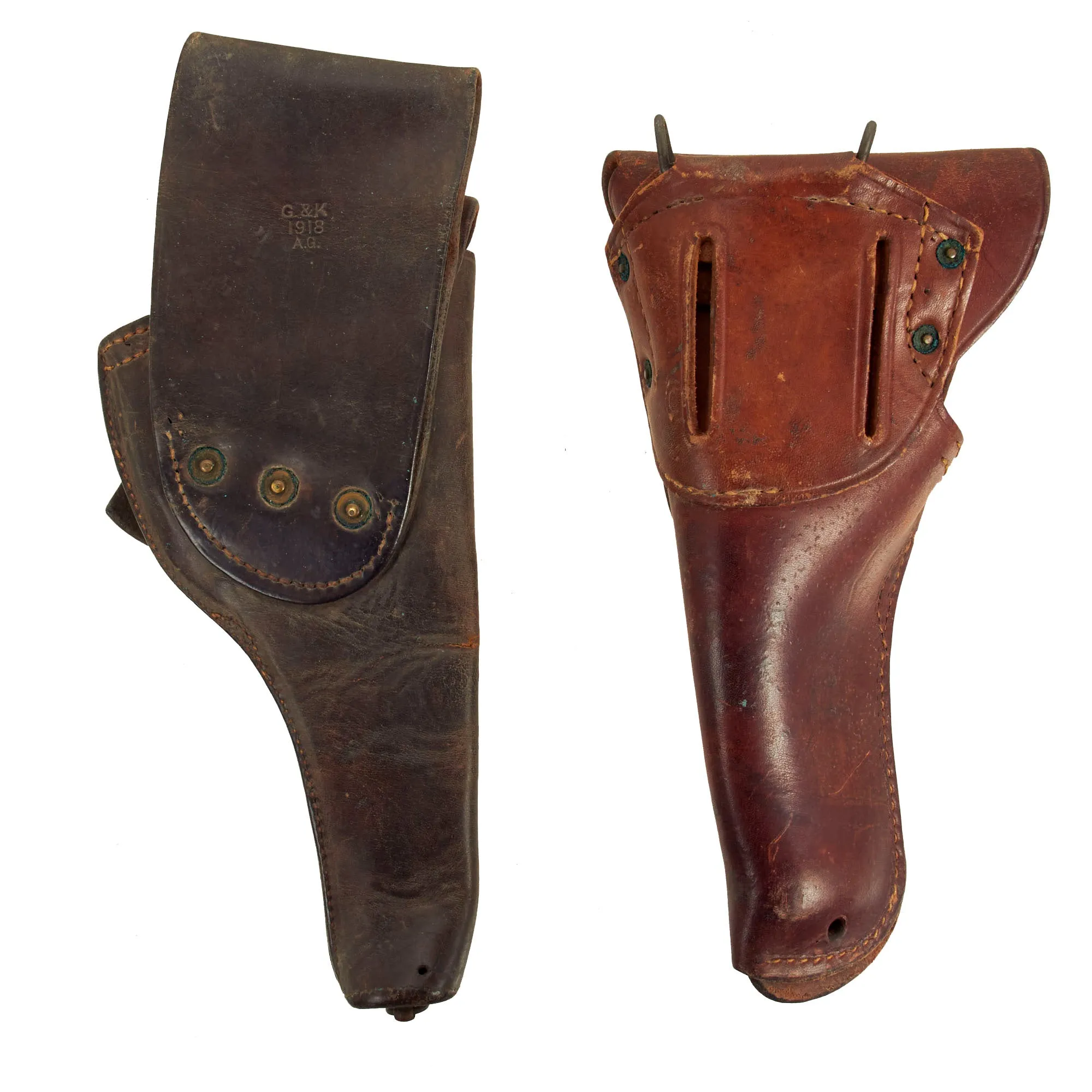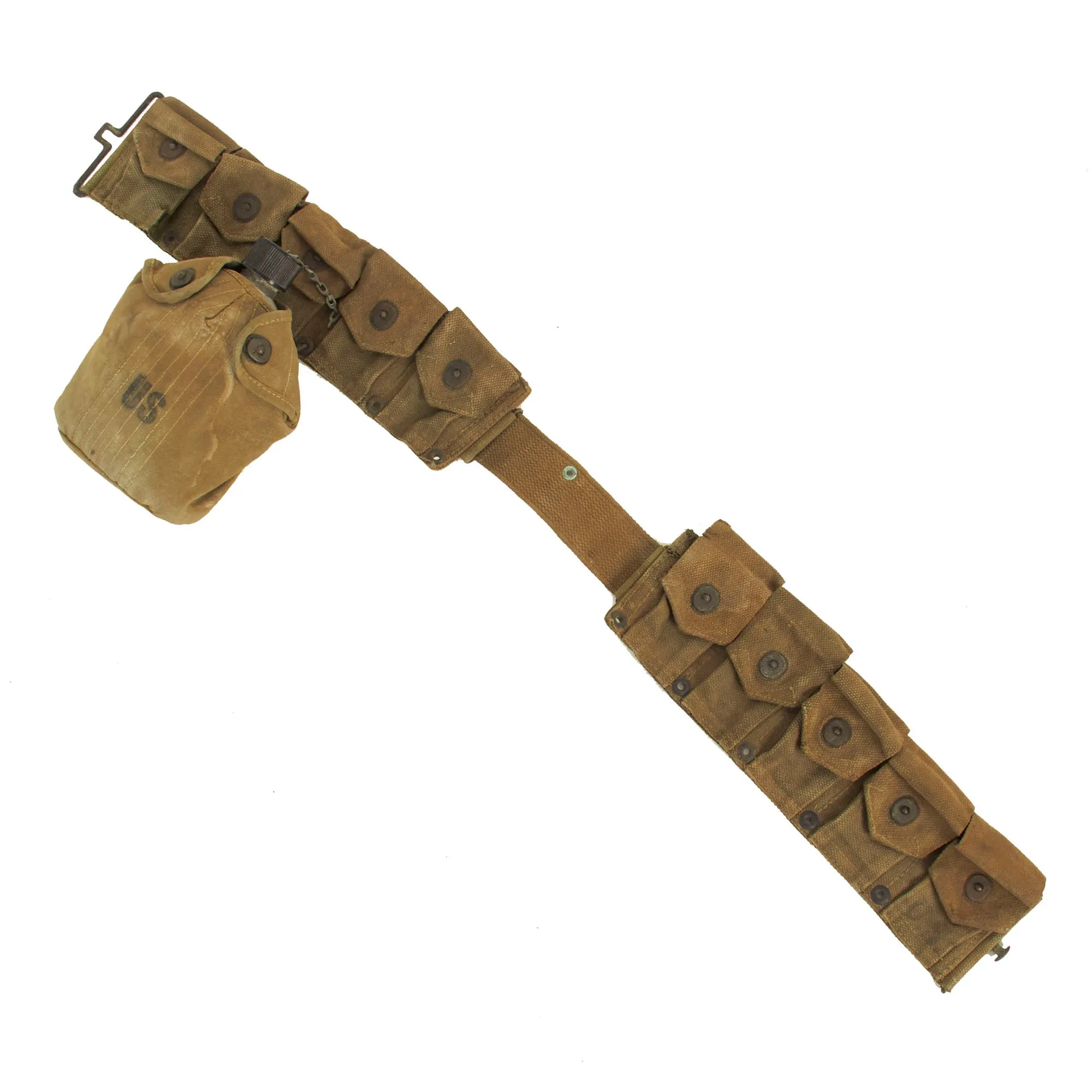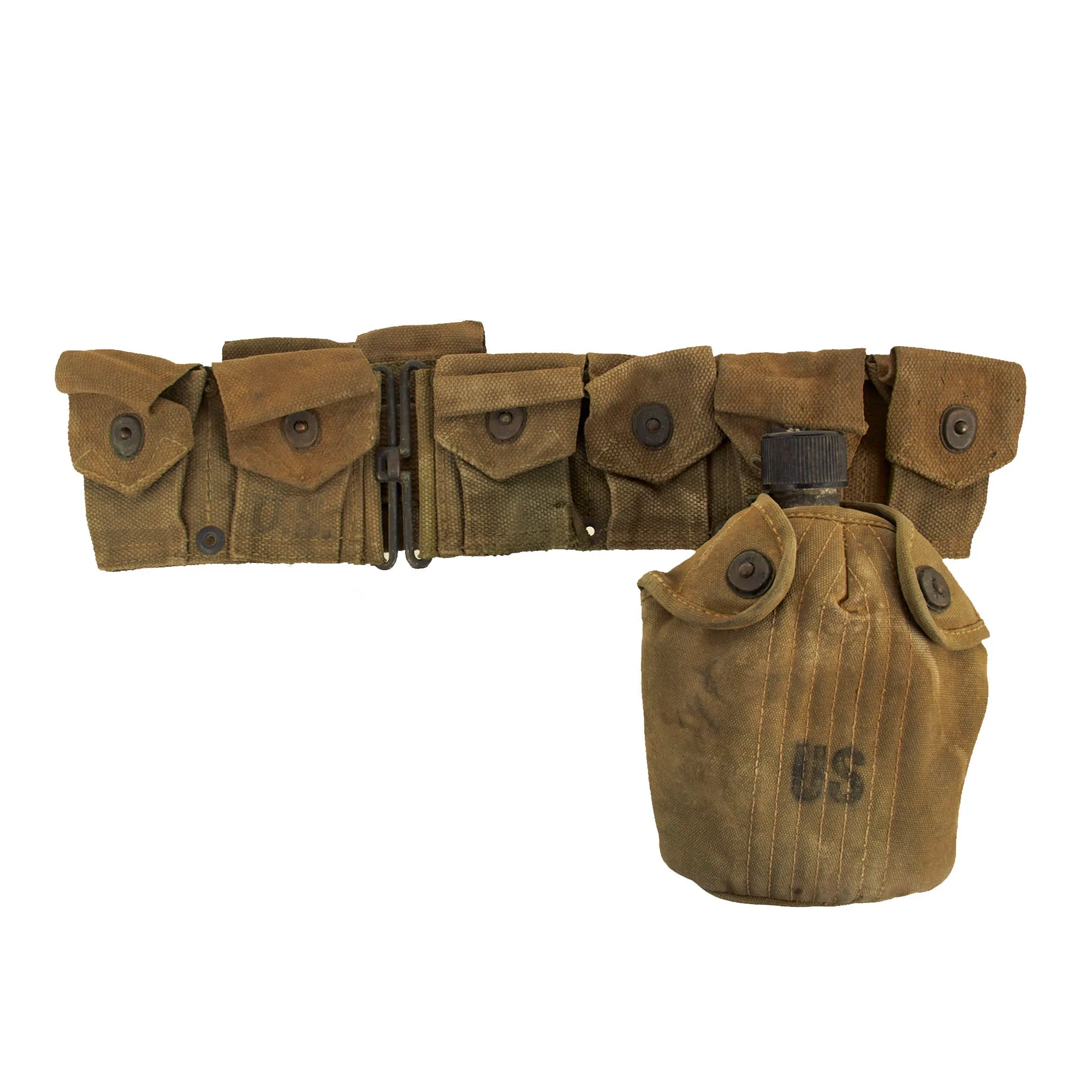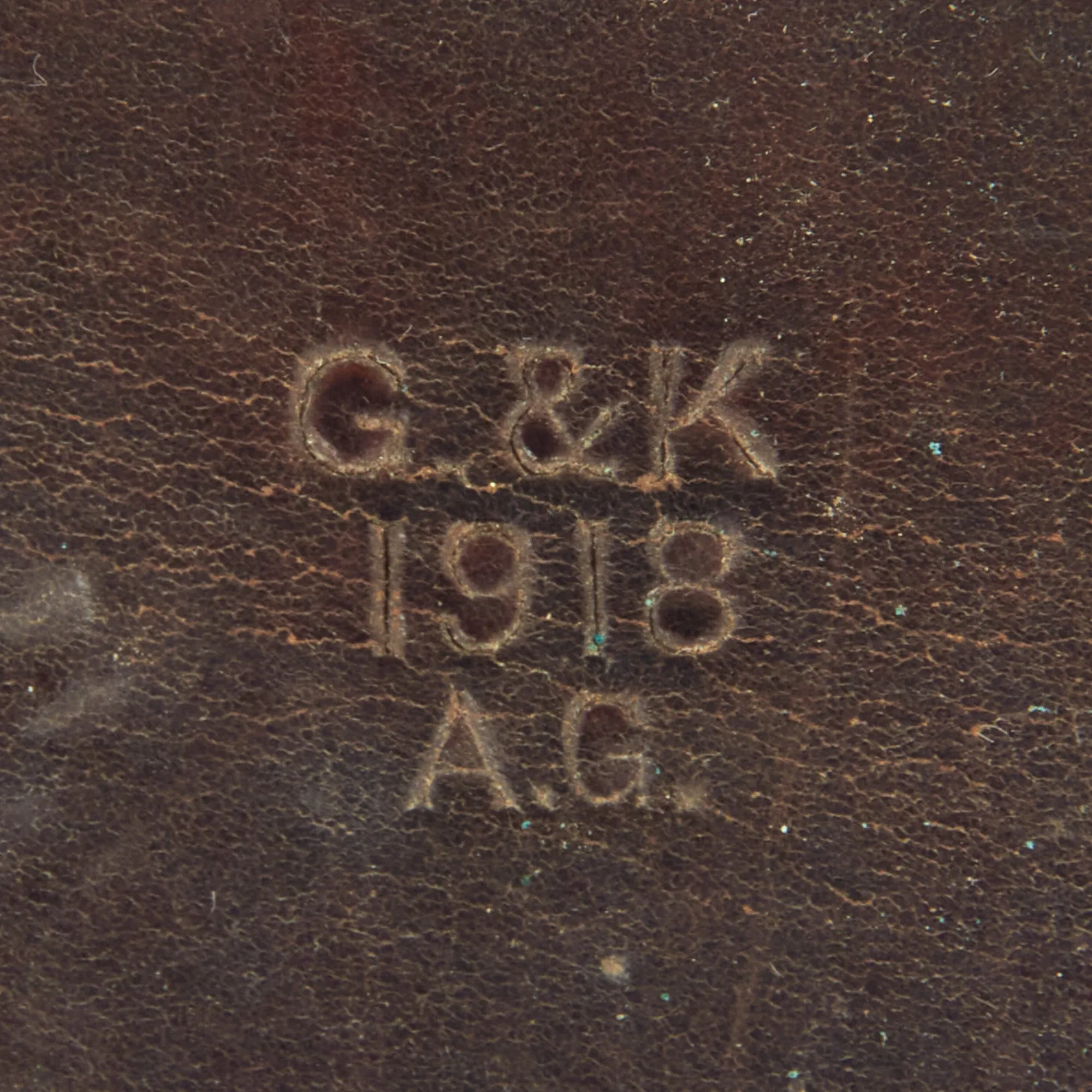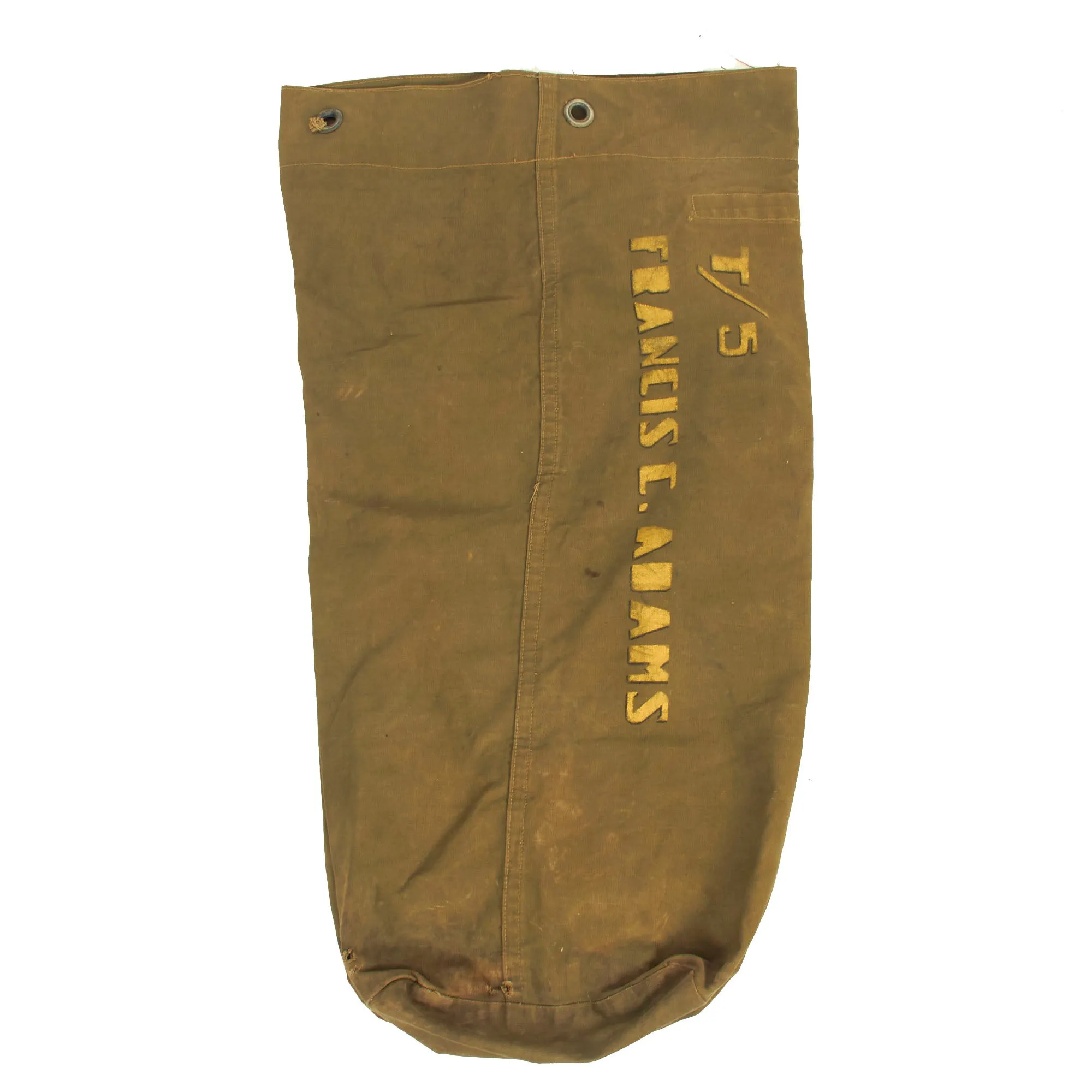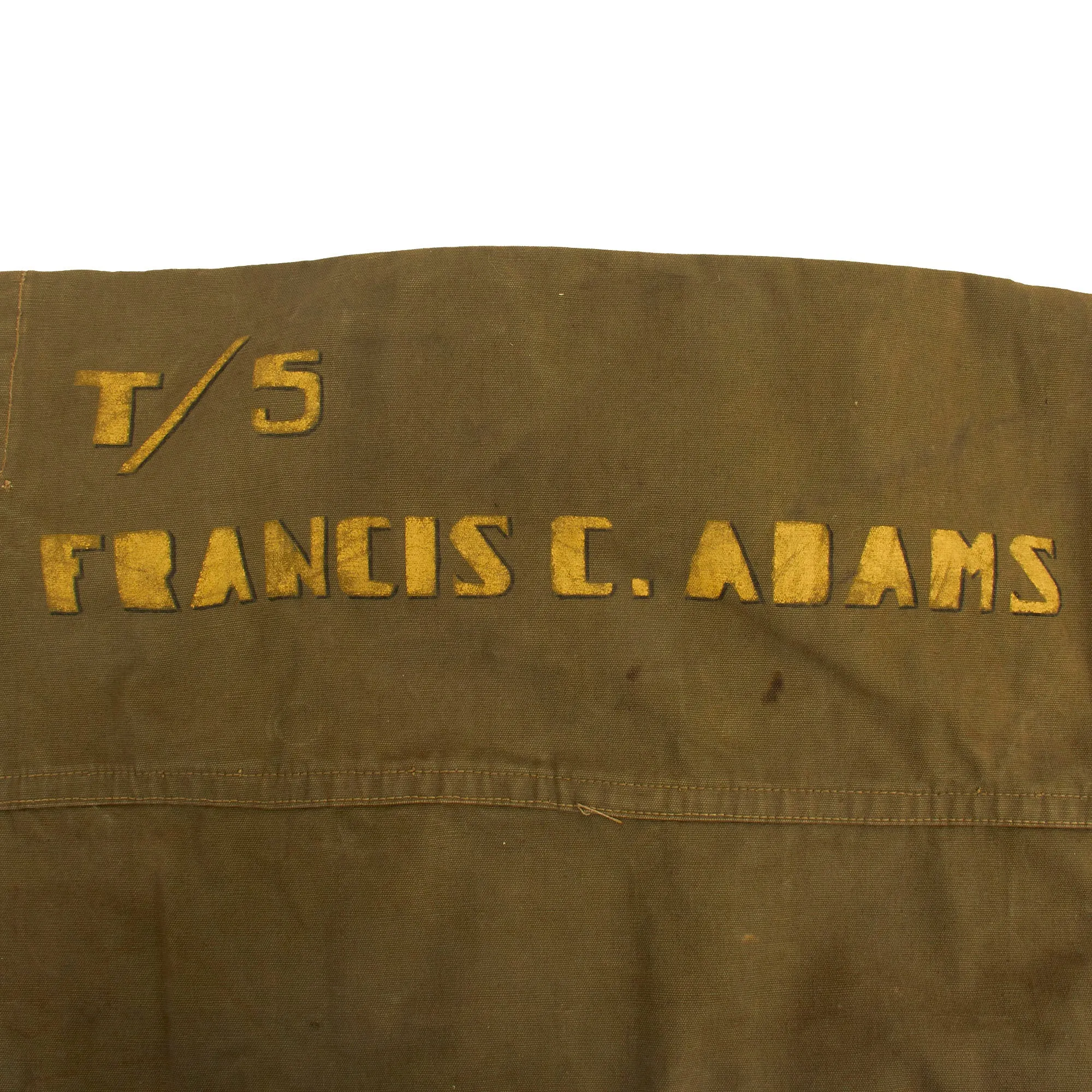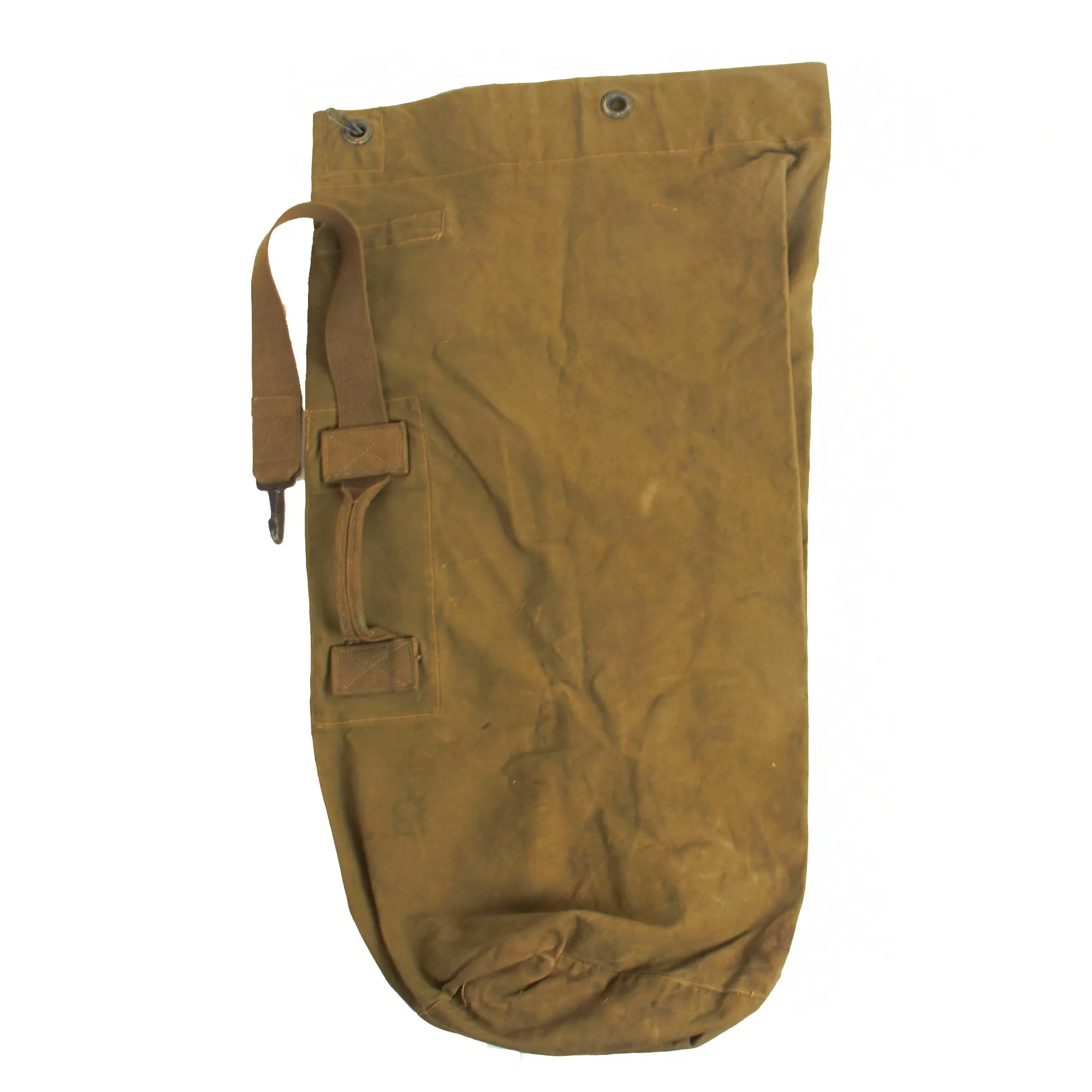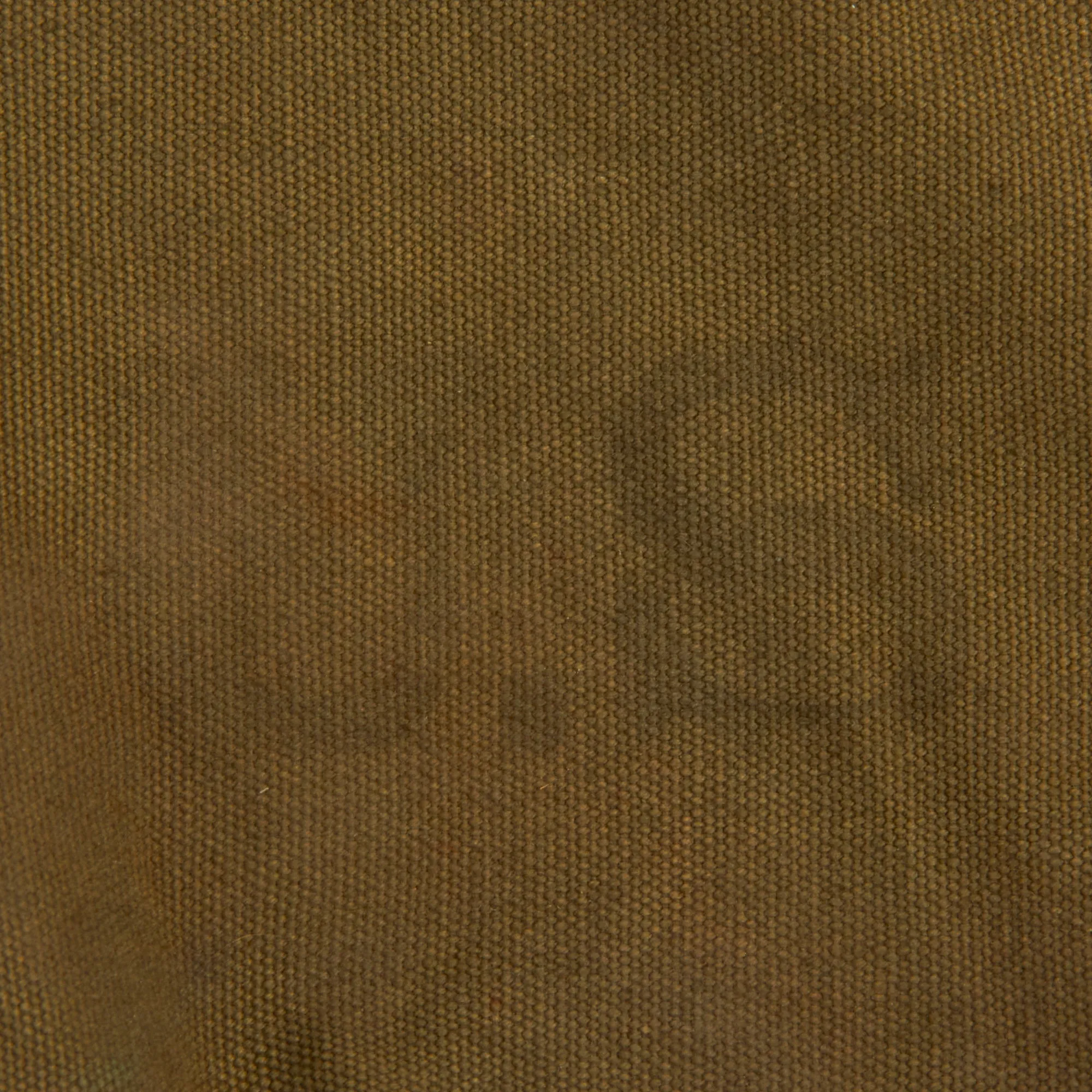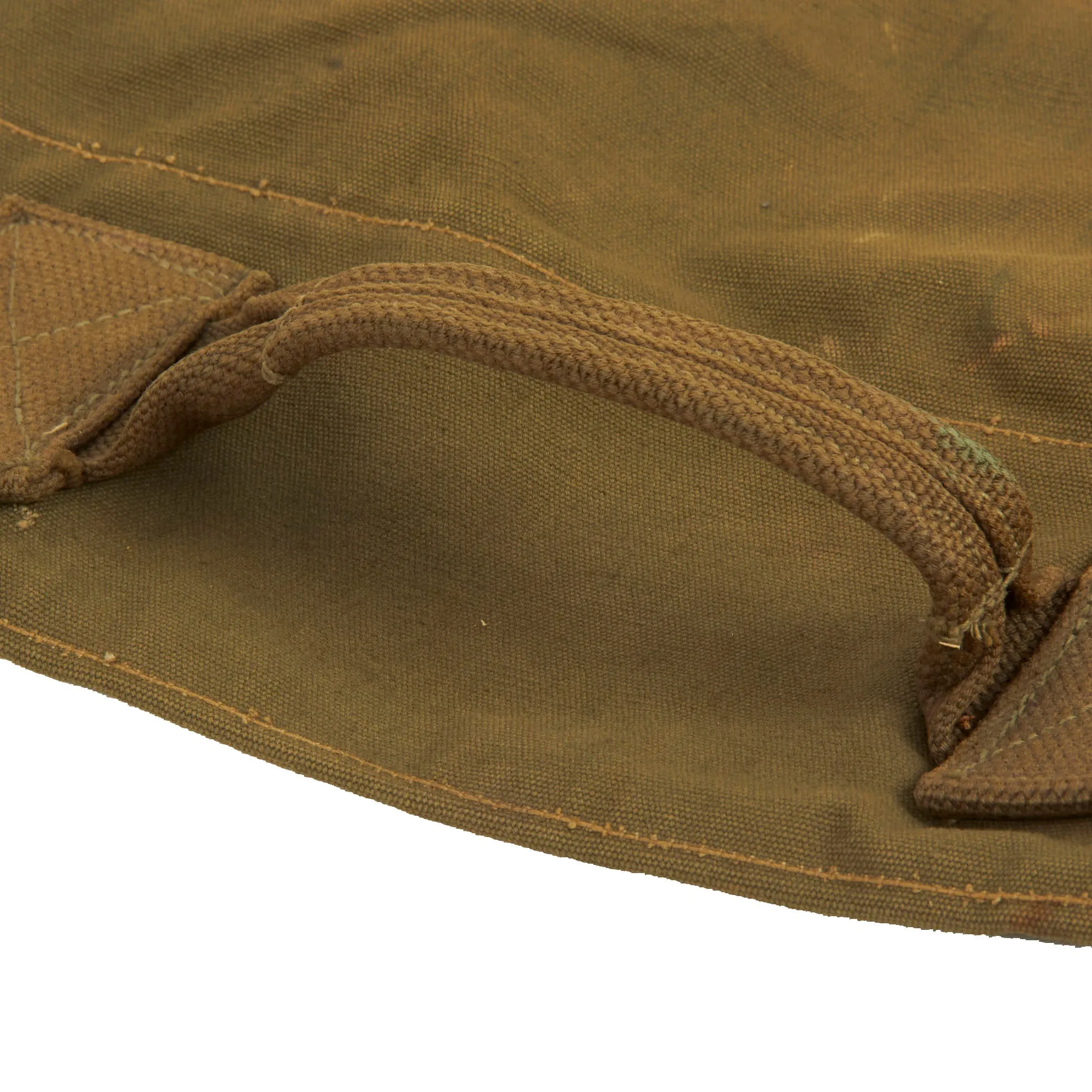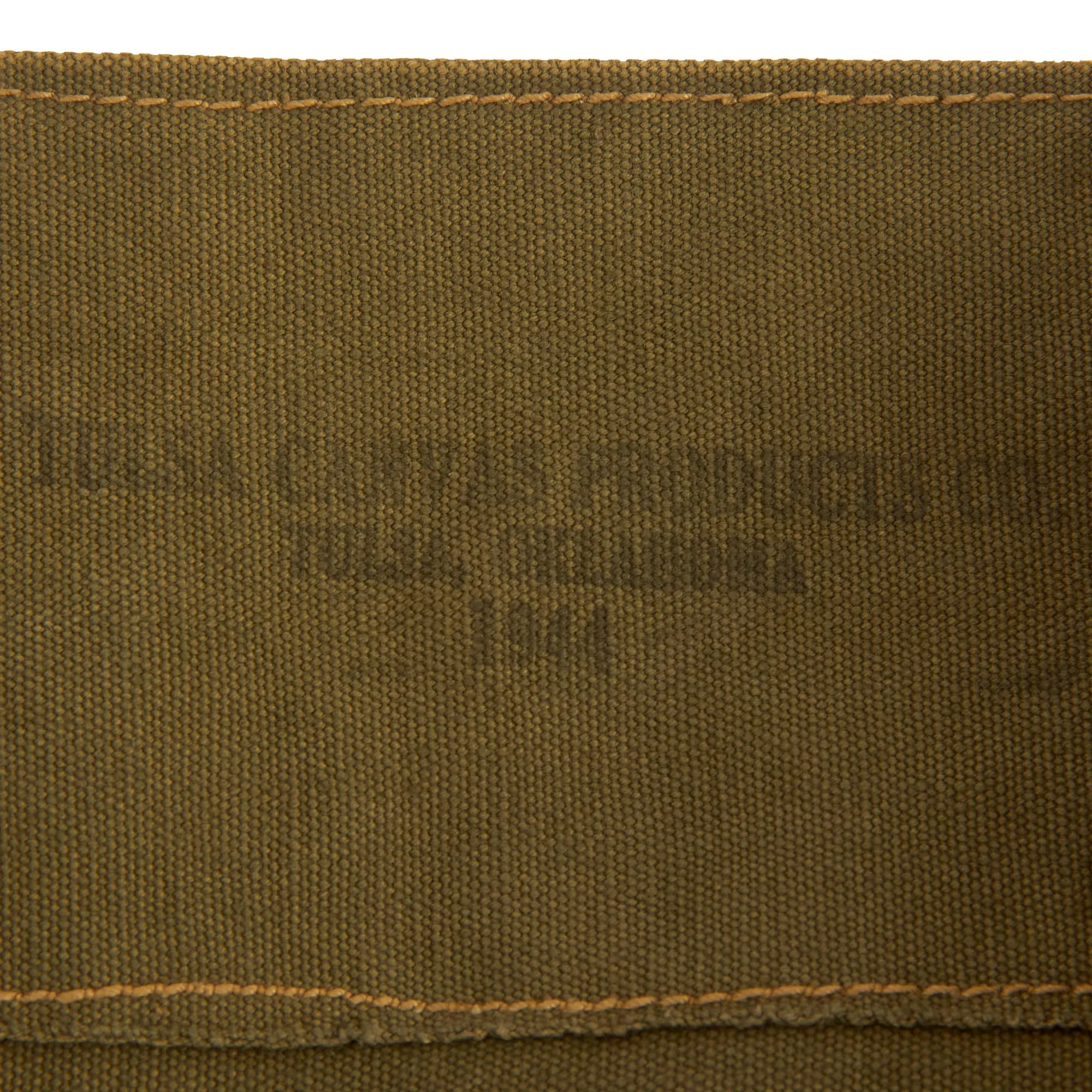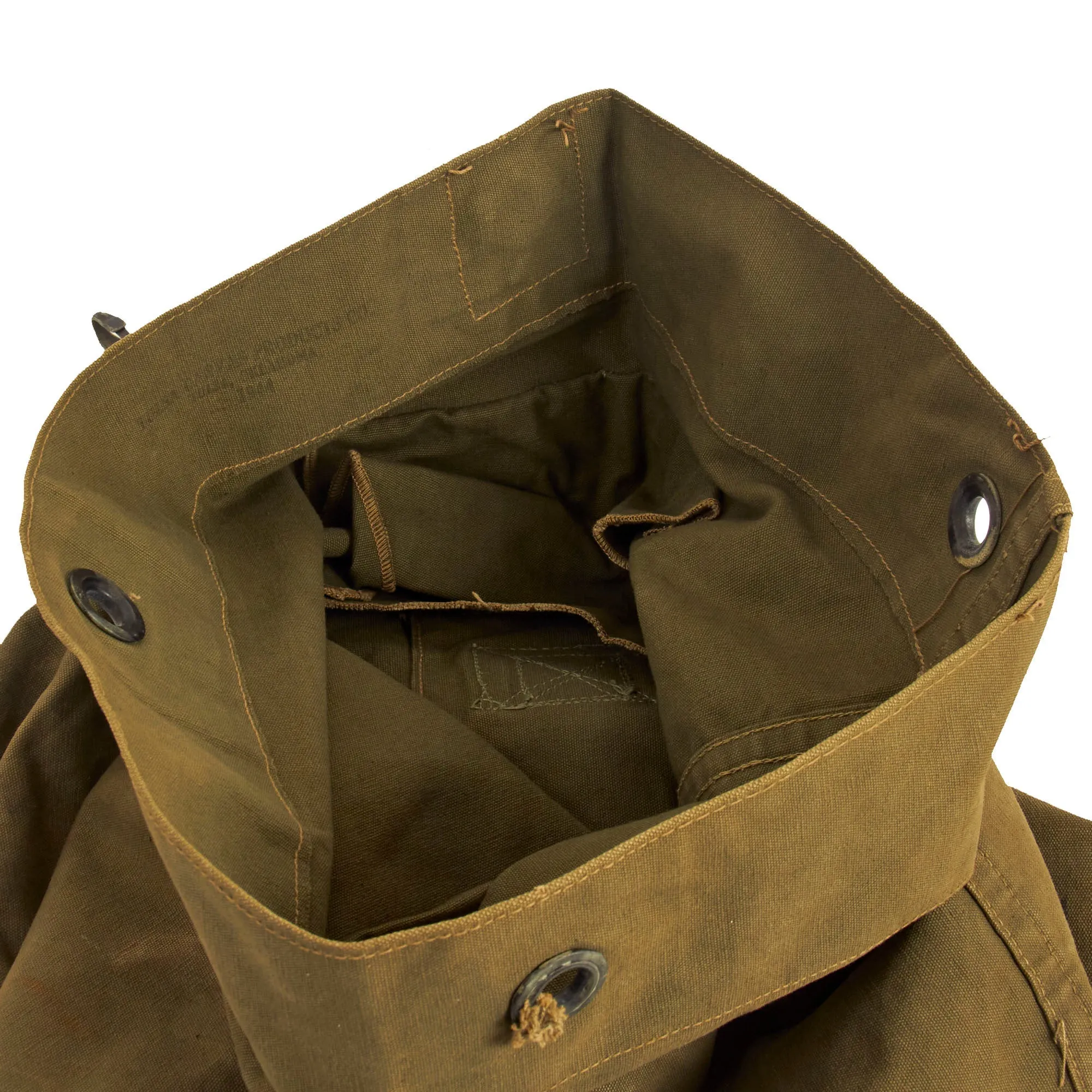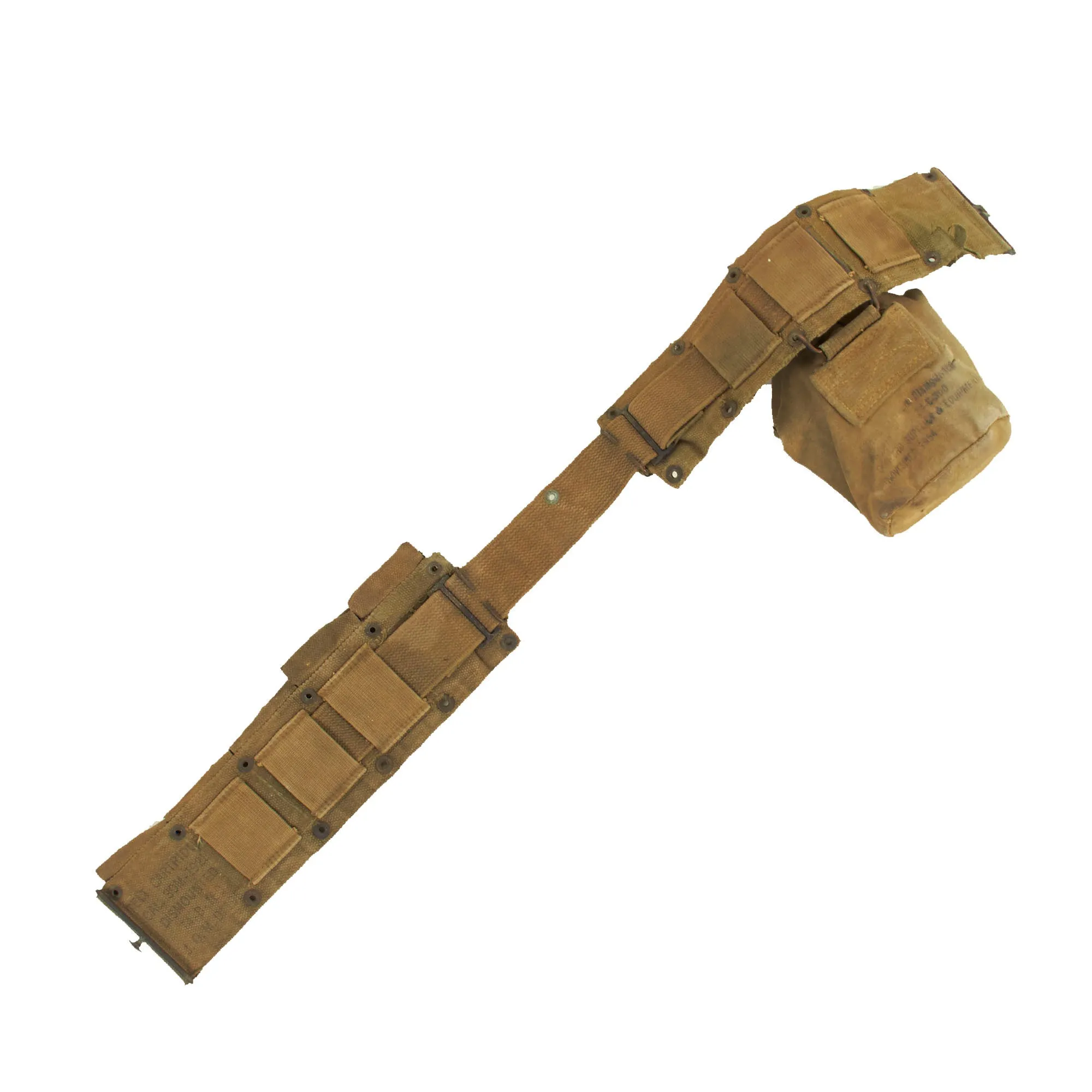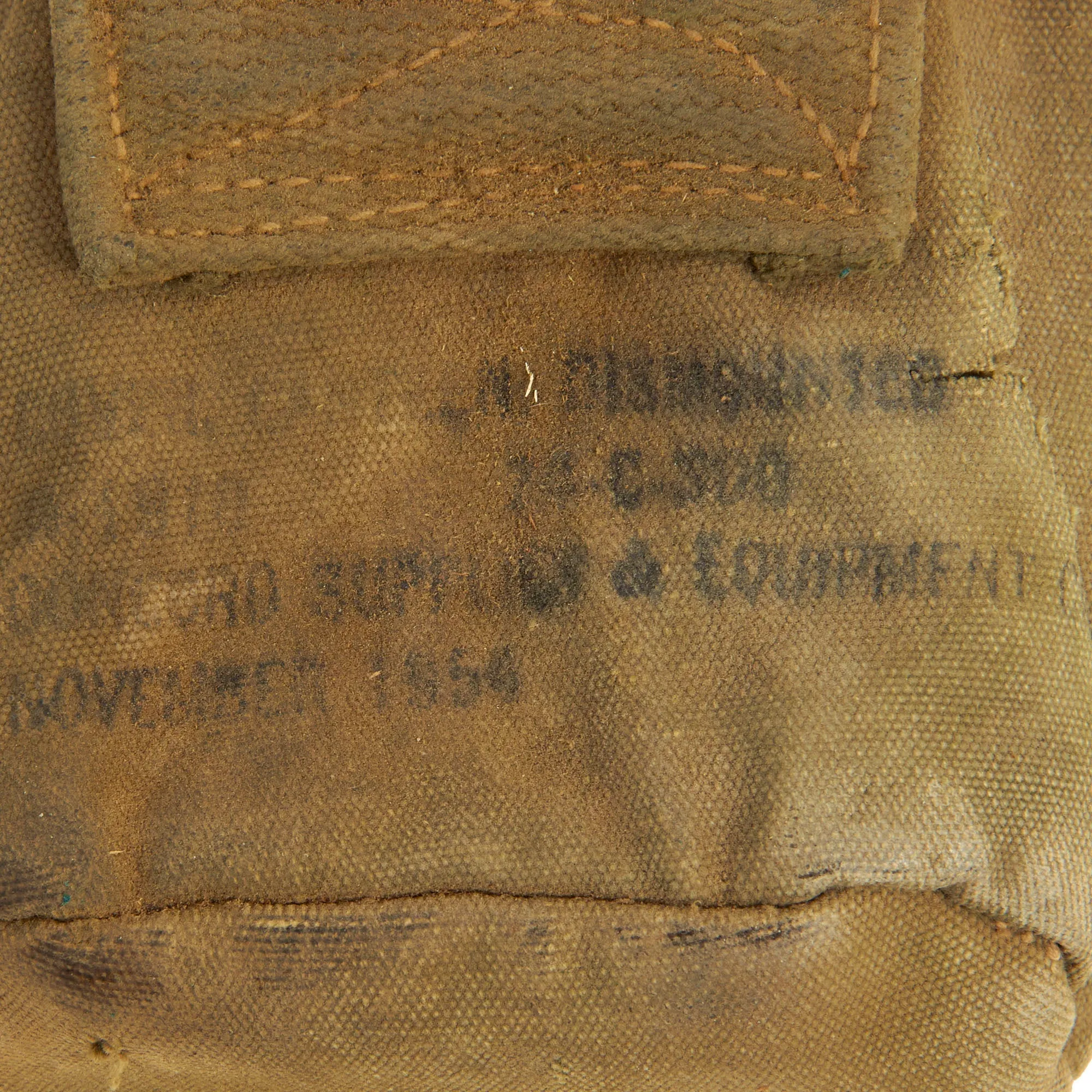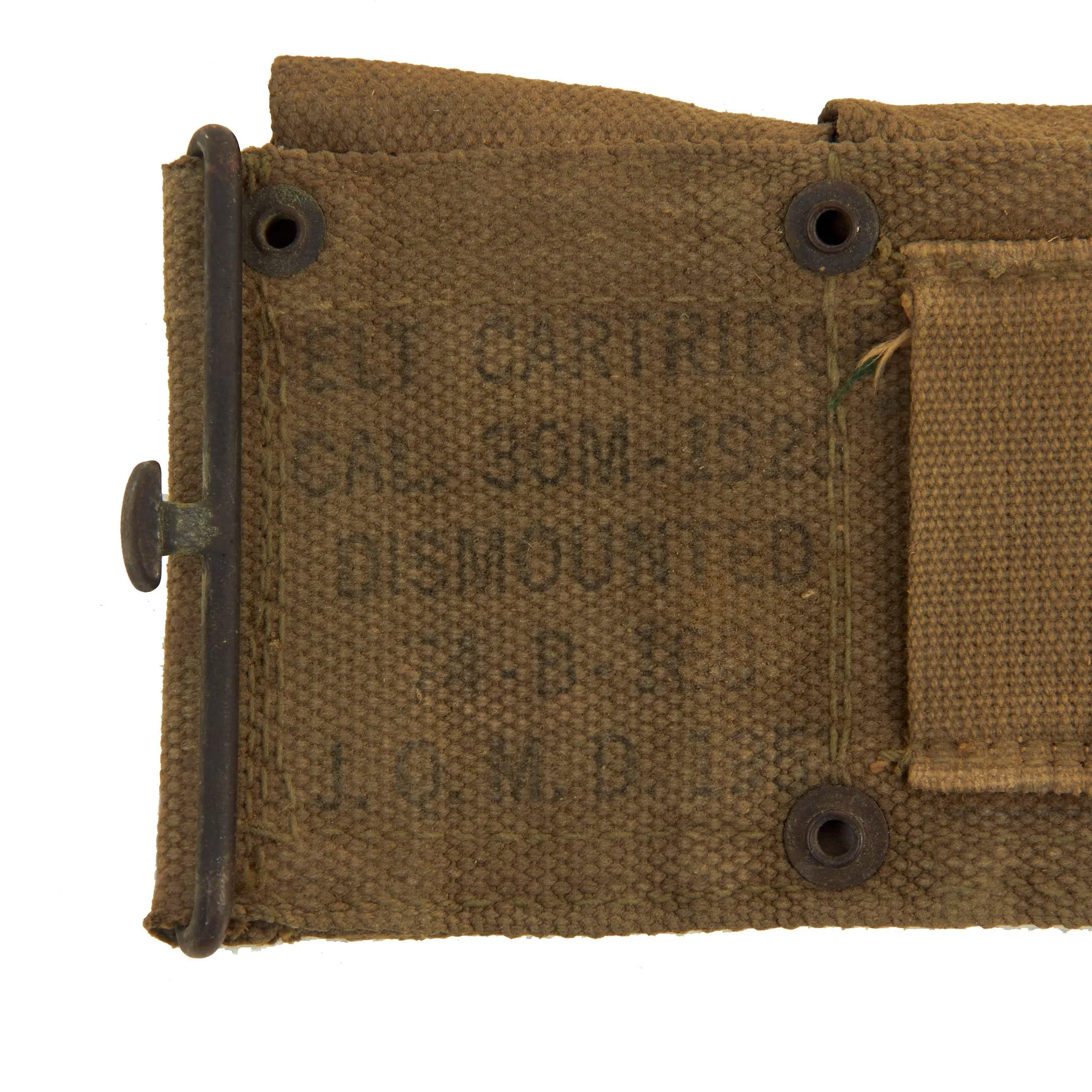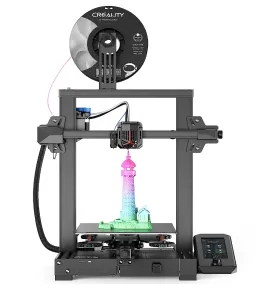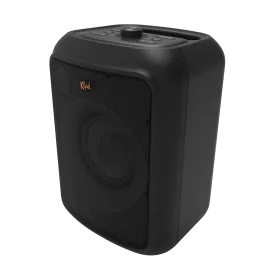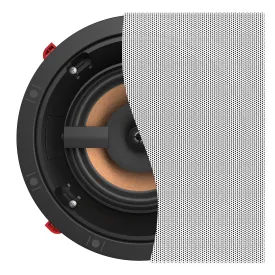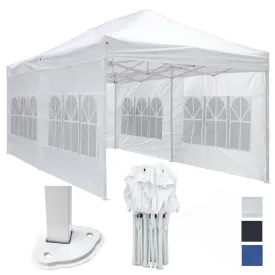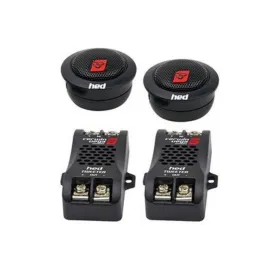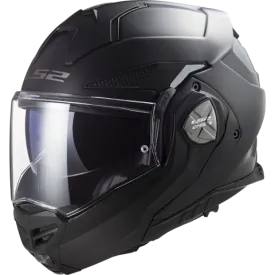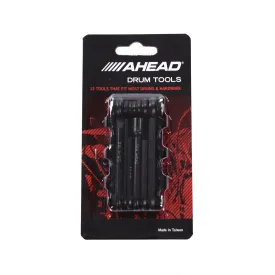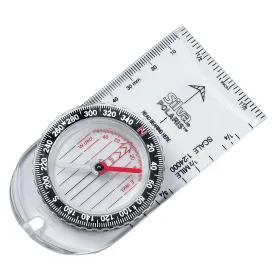Original Items: Only One Lot of 5 Available. This is a lovely assortment of items iconic to both the Doughboy of WWI and the Soldiers of WWII. All items are in wonderful condition and even comes with a lovely name painted sea bag.
The Items In This Lot:
- M-1923 Cartridge Belt With Canteen: The belt is in wonderful field used condition, as is the canteen pouch and canteen (no cup).
- Original WWI issue M1909 Holster: The holster is in great shape, with only light staining, and retains its original russet leather color, having never had oil applied which would darken the leather. The leather is slightly stiff from age and still retains the original leg tie down strap. The reverse is maker marked with G & K for Graton & Knight and is dated 1918. These holsters are worn butt forward on the right hip, for left-handed "cavalry draw".
- Original WWI issue M1911 leather holster: The holster is in great shape, with only light staining, and has the original leather leg tie down strap. No markings are visible.
- Original WWII Issue Dufflebag/Seabag: The bag is in lovely condition with the name T/5 FRANCES C. ADAMS painted on it.
A lovely grouping ready for further research and display.
The United States Army in World War II had a distinct advantage over the Axis when it came to equipment. Both in terms of quality and quantity the power of American industry kept the GI’s well supplied.
For a Soldier, equipment is a matter of survival. Even something as simple as a button can make the difference between victory and defeat if it fails to function properly at the wrong time. For this reason Soldiers have a strong tendency to become attached to equipment they like, and to modify or discard equipment they find unreliable or useless. Among the Infantry, who have to carry their equipment wherever they go, this tendency is even stronger.
Soldiers must carry everything they need for combat operations with them at all times. Individual load carrying equipment is designed to allow the Soldier to carry a basic load of ammunition, food, water, and first-aid gear. The exact make-up of this load varies from conflict to conflict.
In more modern times the load has grown to include additional equipment such as gas masks, maps, compasses, and radios. Because the cost of replacing equipment for Soldiers is high, equipment is usually replaced in phases, with front-line troops receiving the new equipment first. Support units typically receive equipment later as older equipment wears out or becomes obsolete. Because of this, Soldiers in World War II went to war using several different versions of the basic load bearing gear.




